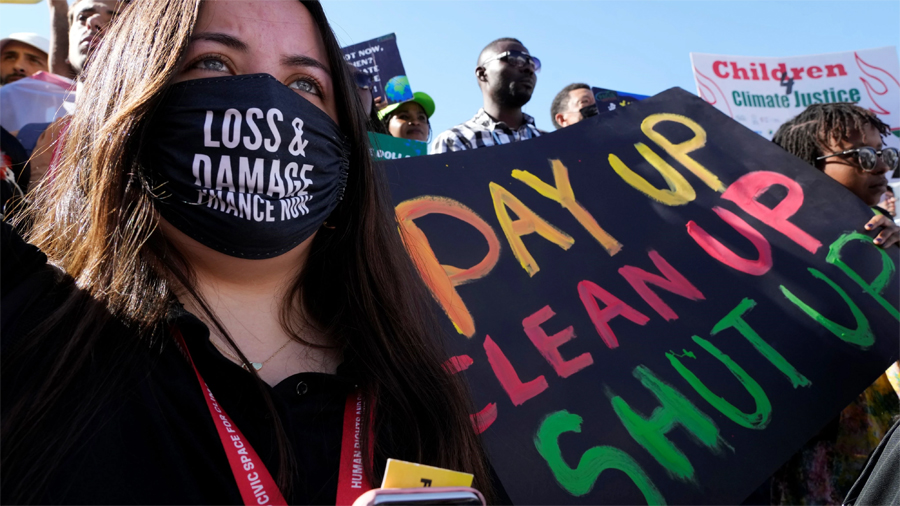Africa has contributed the least to climate change- but it suffers the worst. The continent’s climate has become warmer than the global average since pre-industrial times. The continuous rise in temperature has led to extreme weather conditions such as severe and frequent heatwaves, extensive floods, tropical cyclones, and prolonged droughts degenerating its socio-economic conditions.
According to the World Bank, the frequency of droughts in sub-Saharan Africa almost tripled in 2010-19, compared to 1970-79. At the same time, rain-related natural disasters in Africa also grew manyfold. The deadly Cyclone Idai in 2019, followed by Cyclone Kenneth left thousands dead and the current severe drought conditions in the Horn of Africa are glaring examples of Africa’s climate catastrophes. The future forecasts also look bleak. The Intergovernmental Panel on Climate Change predicts that global warming will lead to the recurrence of heavy rainfall and floods in tropical Africa while northern and southern Africa will become drier.
Against this backdrop, it was natural that Africa was jubilant when the COP27 concluded with the historic deal of creating a global fund for “loss and damage”. Nations that are causing Climate change through their excessive carbon emissions have a responsibility to compensate the vulnerable countries for damages from climate-linked disasters has been a perennial demand by developing countries in climate negotiations since 1992.
The Fund is conceived to provide financial assistance to poor nations struck by climate disasters. Though COP27 fell short of many of its ambitious goals such as lack of progress on limiting temperatures to 1.5C, how to engineer a ‘just transition to clean energy, and the phasing out of fossil fuels, the agreement on the Loss and Damage Fund was a significant breakthrough for the developing countries.
The climate challenges faced by Africa are many and far-reaching. As reported by the African Development Bank, seven out of the ten most susceptible countries to climate change are from Africa. The extreme weather patterns are pushing people out of their environments, driving climate migration. In 2021, climate disasters displaced 2.6 million people in sub-Saharan Africa. The World Bank estimates that by 2050, the climate migrants in sub-Saharan Africa will reach 85.7 million.
By and large, the US and the European Union have evaded any concrete commitments to the loss and damage issue. However, they continue to invest as well as benefit from African fossil fuel projects. Even after signing up to limit global warming in the 2015 Paris climate accord, the US investment in African oil and gas projects has continued to rise. The U. S. Investment in the sector is estimated to be more than $ 9 billion while only $682 million is pledged to sustainable energy development. Over the past decade, the US has reportedly supported coal mining in South Africa, oil drilling in Nigeria and a huge gas project in Mozambique.
Of course, the funding under loss and damage looks ambiguous and contentious. Even then, the recent commitments by Germany, Ireland, Scotland and Denmark are encouraging. It is hoped that this will inspire further buy-in from developed nations
Given its legacy of unkept promises at climate negotiations, environmentalists are apprehensive about the successful and timely implementation of the Loss and Damage Fund. The crucial questions are who will manage the fund, whether contributions are expected from large developing countries and what the fair share of contributors will be. It will take another year to get clarity on these issues- until the next COP in the United Arab Emirates next year.
Nevertheless, it is an important victory for African nations at an event hosted on its soil.





